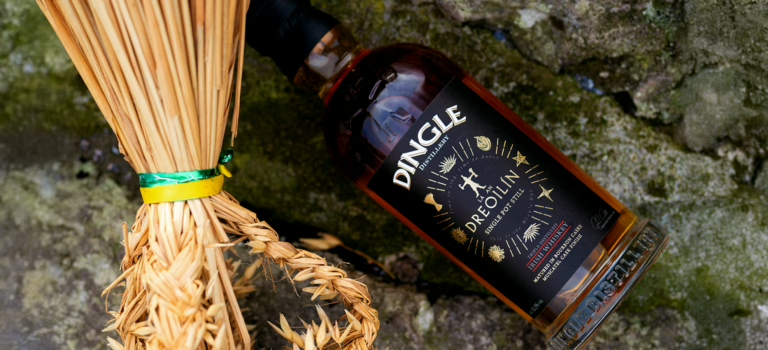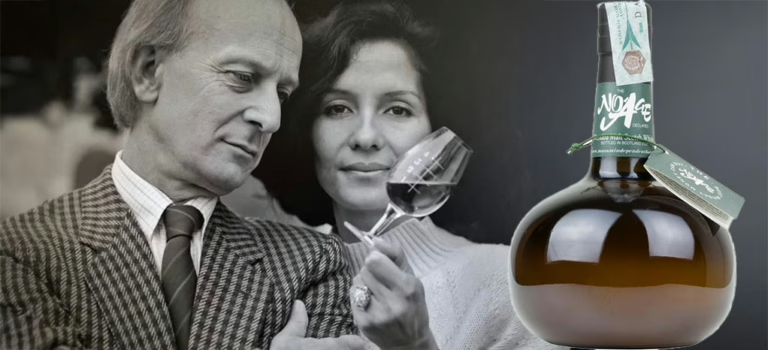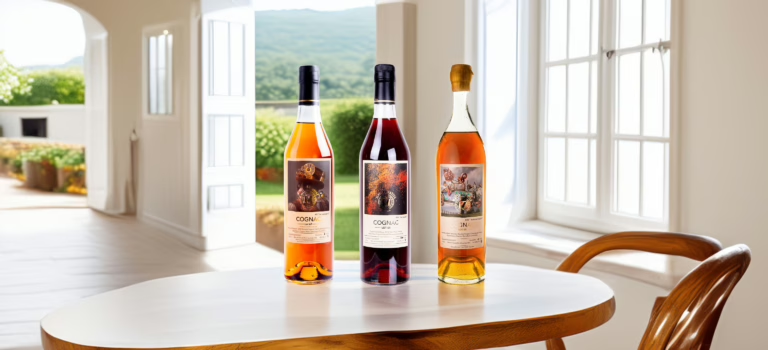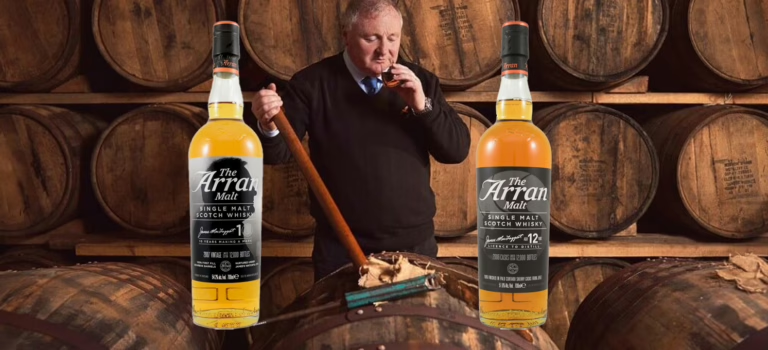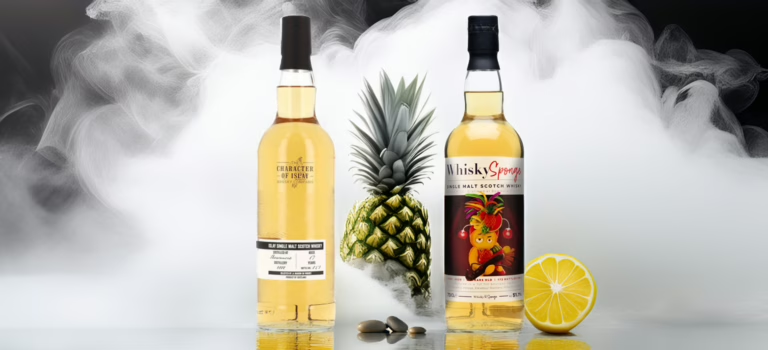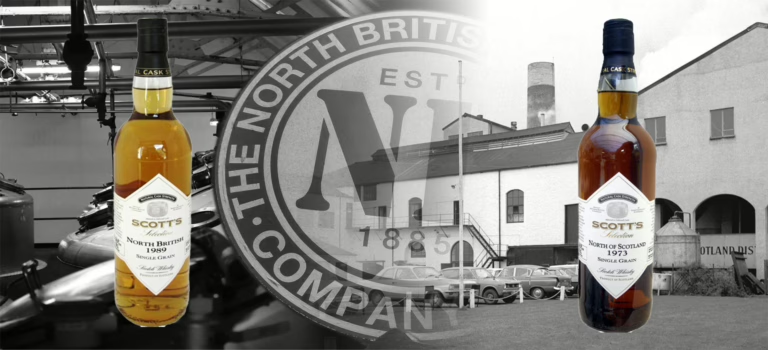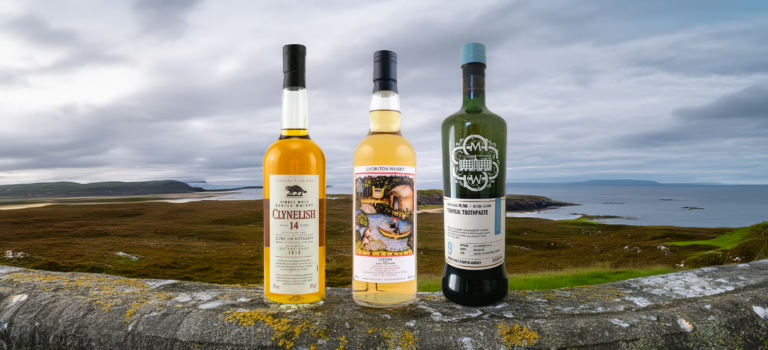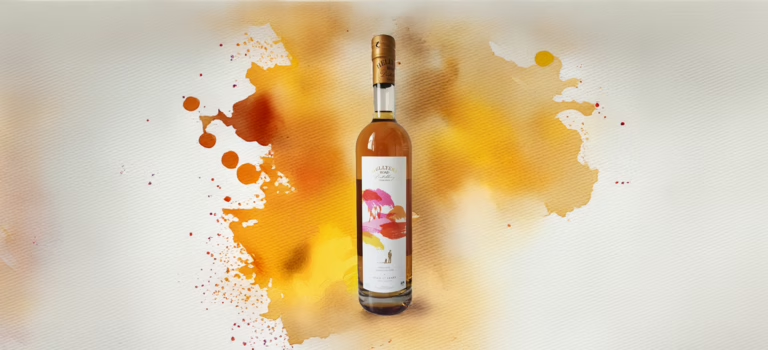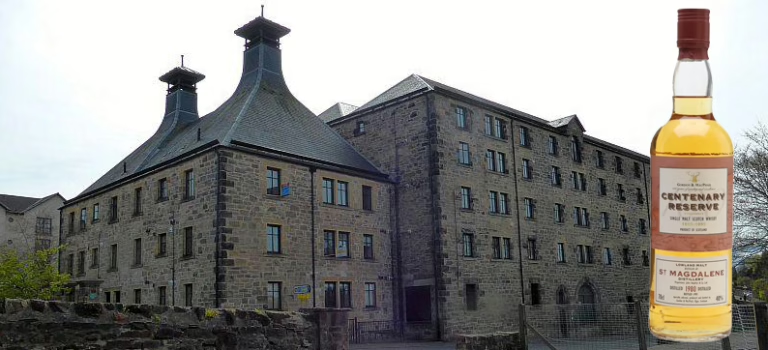It’s hard to believe that a whole year has passed since we last delved into the world of independent Bowmore bottlings. The anticipation of exploring these unique expressions has only grown, and today, we find ourselves with the perfect opportunity to revisit this iconic Islay distillery through the lens of two exceptional single casks. Both of these whiskies, bottled by independent connoisseurs, were released in 2020 and have been carefully matured in bourbon casks. As we embark on this tasting (short) journey, it’s worth noting the unique position that Bowmore holds within the pantheon of Islay distilleries. Founded in 1779, it is one of the oldest distilleries on the island and has a rich history of innovation and craftsmanship. Despite its historical significance, Bowmore is often overshadowed by some of its more prominent neighbours, such as Ardbeg and Laphroaig. However, for those who take the time to explore its offerings, Bowmore reveals itself to be a distillery of exceptional quality and character. Most especially amongst its independent bottlings, as we’re not always as lucky with its official expressions.
Read more →
